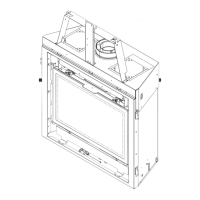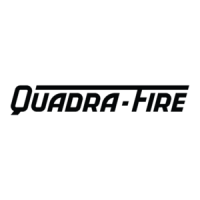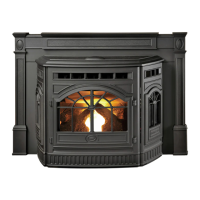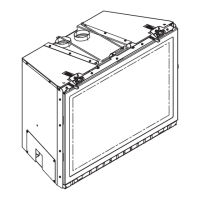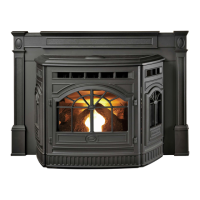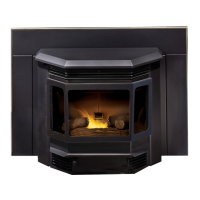Figure 3.12 Transition Sealing Detail for Wall Extensions (Side View)
Painting
If desired nishing includes a painted wall, a high-quality
100% acrylic latex paint with a high-quality latex primer
base coat are recommended around the appliance to limit
discoloration. Oil-based or standard acrylic paints may
be more prone to discoloration due to heat exposure.
Drywall Joint-Crack Prevention and Repair
Drywall joints around the replace will be affected by ex-
posure to elevated temperatures, along with other envi-
ronmental, structural factors due to new construction, and
methods used to install and nish the drywall. If a crack
does emerge adjacent to the replace, it can be perma-
nently repaired by lling it with a paintable latex caulk,
followed by repainting.
Some movement of the screws used to secure the non-
combustible board to the appliance/surround framing is
expected. If a blemish begins to show over a screw head,
sand the surface to remove the blemish and repaint.
Wall Extension
Wall extension must be sealed to existing masonry
wall. See Figure 3.12. Framing studs may not sit ush
against existing masonry wall. In order to keep heat
from escaping behind the wall this transition must be
sealed.
• Seal with a high temperature silicone 300 °F.
and / or
• Packing insulation into voids between the masonry wall
and steel studs is acceptable.
Note: Combustible materials may be used to seal wall
extension to existing masonry wall as long as it is out-
side the non-combustible zone.
NOTE: Concealed sections of 3 in. ex pipe must
be contained inside existing masonary replace
ue vent or installed into an existing wood burn-
ing vent system.
